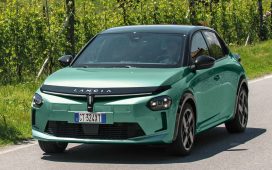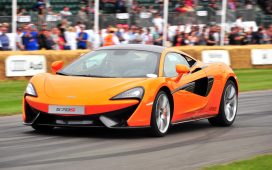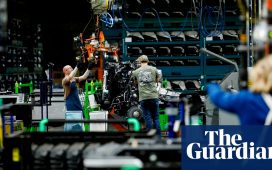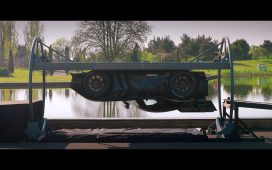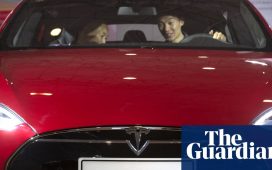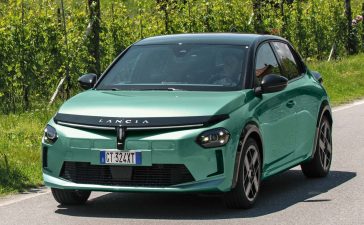Much of Sühlmann’s work since his return has been to develop a new design language, which will be reflected in three external design signatures: two symmetrical elements and a low nose at the front; a long nose, short rear and forward-leaning ‘performance line’ on the side; and an ‘open’ back end with a horizontal element.
Those stylistic hooks have been developed based on common features of racing and road-going McLarens – but, Sühlmann insists, that won’t lead to retro designs.

“We come from racing, and everything is part of that,” he continues. “We need to look into the whole brand and into its DNA to understand and shape the future. We have a strong fan base and a strong customer base, and people buy and love our products because of our racing heritage. We didn’t start a car company and then start a racing team; we did it the other way round. That’s fascinating to me.”
While McLaren’s racing history dates back to 1963, the Automotive division is just 14 years old. Even so, it has developed a strong identity.
“Everyone can look at a McLaren and know it’s a McLaren,” says Sühlmann. But that is, in part, because the shared base of many of the firm’s models means they can all look a little similar. That will also change in the future with the new language, promises Sühlmann.

